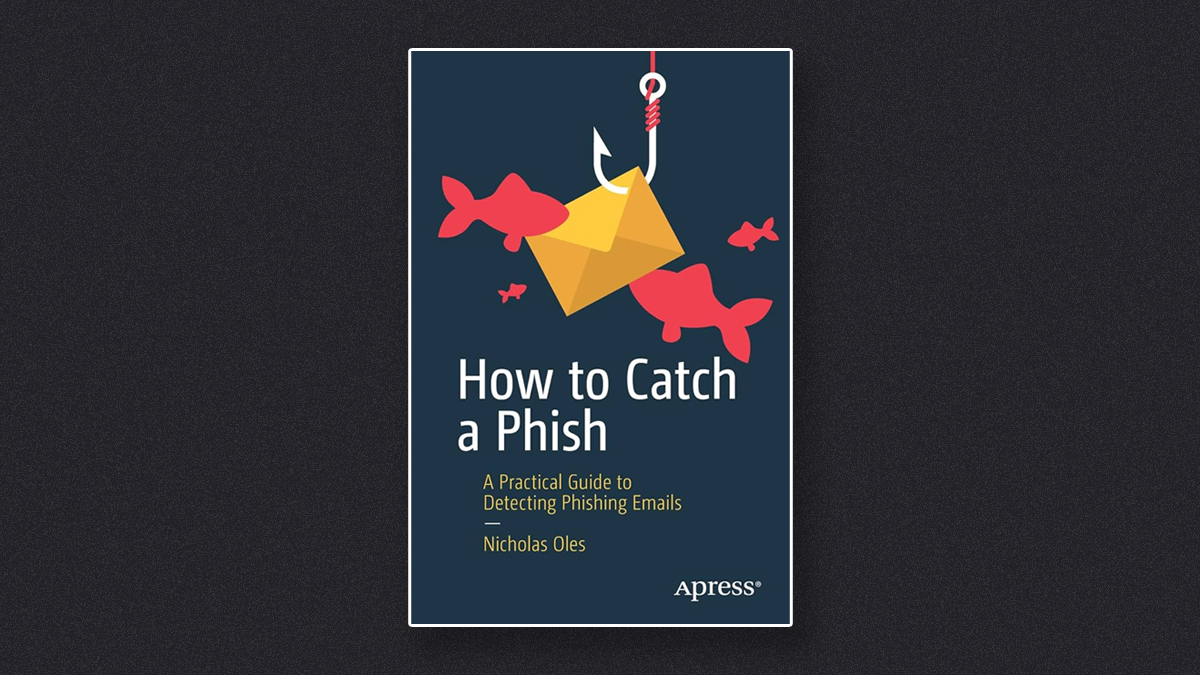
Understanding Phishing Tactics and Techniques
The first step in defending yourself against phishing attacks is understanding the tactics and techniques used by cybercriminals. Phishers often employ psychological manipulation to deceive their targets. Some common tactics include:
- Fear: Phishing emails may exploit fear by creating a sense of urgency. For example, they might claim your account is compromised and urge you to take immediate action.
- False Offers: Attackers often lure victims with offers that seem too good to be true, like winning a lottery or receiving a substantial discount.
- Time Sensitivity: Phishing emails may pressure recipients to act quickly, preventing them from thinking rationally.
Empowering Yourself to Analyze Messages
- Slow Down: Take your time to carefully read and examine every email. Rushing increases the chances of falling for a scam.
- Use Technical Tools: Tools like VirusTotal, urlscan.io, and ANY.RUN can help you analyze links and attachments in emails, providing information on their safety.
Favorite Free Tools and Resources
- VirusTotal: This tool provides quick analysis of links and attachments in emails, helping you determine their safety.
- urlscan.io: It not only checks the reputation of links but also provides screenshots of web pages, allowing you to safely view the content.
- ANY.RUN: This sandbox tool lets you interact with attachments in a safe environment, helping you identify malicious behavior.
Identifying the Most Vulnerable Targets
- Sales and Marketing Teams: These teams often handle sensitive customer information and may be the initial target for phishing attempts.
- Finance and Accounting Teams: Phishers target these departments to gain access to financial information, such as banking details and payment processing.
- Senior-Level Individuals: CEOs, C-suite executives, and high-visibility personnel are attractive targets due to their digital presence and potential access to critical systems.
The Importance of Cyber Awareness
Leveraging Phishing Incidents for Improvement
- Learn from It: Analyze what went wrong and how you can prevent it in the future.
- Seek Resources: If you need better cybersecurity tools or training, use the incident as leverage to obtain necessary resources.
- Educate Others: Share your experiences and insights with colleagues to collectively enhance cybersecurity awareness.
Parting Words

Jordan Creamer
Miss Barbara Jordan Creamer is a Community Manager at TeamWorx Security. She is an Intelligence Analyst by trade with a total of 9 years in the profession spanning the following fields: Army Air and Missile Defense, Space, Information Operations, Cyber Defense, and Open Source. Miss Creamer is also an Army approved instructor and has used those skills to teach on behalf of TeamWorx Security Integrated Threat Analysis Course (ITACT) and Open Source Techniques (OSINT) Course. Miss Creamer has had the opportunity to work with many foreign partners, instruct the fusion cell within DoDIN, and help integrate the US CYBERCOMMAND-recognized malware teams with local law enforcement and incident response teams.